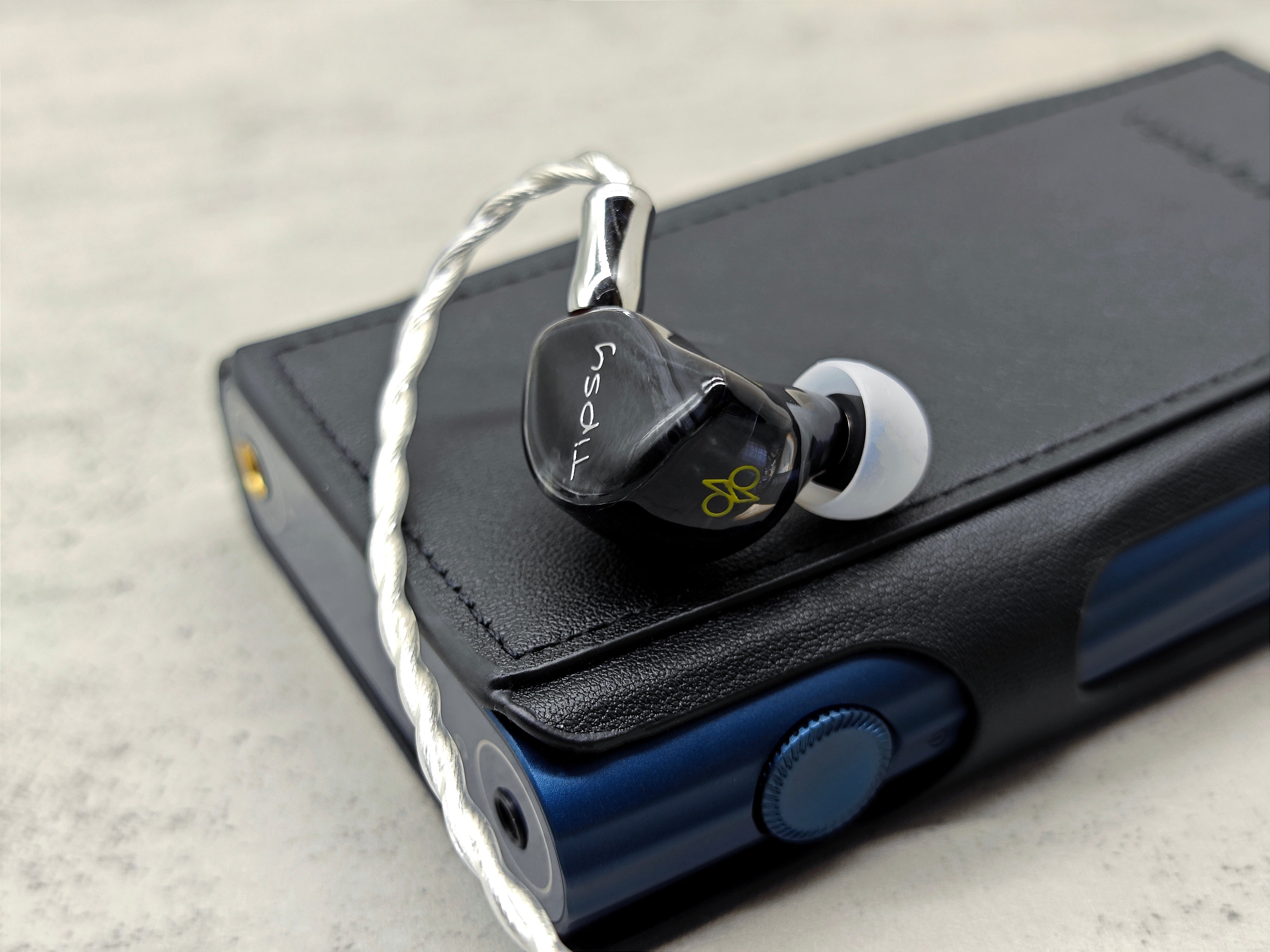1. What is True Hi-Fi Sound?
True Hi-Fi sound is not about using the most expensive parts or flashy marketing. Many beginners believe that higher prices mean better sound. Unfortunately, this isn’t always true. It takes time and experience to develop a proper understanding of sound quality.
For example, some DIY enthusiasts replace amplifier components with pricier ones and claim to hear “better highs” or “richer mids.” However, this often ruins the balance of the sound, which is the most important factor in Hi-Fi.
How can you test for true Hi-Fi sound? Use large-scale orchestral music. If your headphones or speakers sound messy and tiring during a symphony, the system is not balanced. This is a simple, yet reliable test used by experienced audiophiles.
2. The Importance of System Matching
Building a great sound system takes effort, even for experienced audiophiles. The goal is simple: balance. Every component in the system matters, including cables, power supplies, and amplifiers.
Tips for System Matching:
• Stick to reliable Hi-Fi brands. They ensure a minimum standard of sound quality.
• Avoid cheap power strips with filters, as they can reduce sound quality.
• Use good-quality signal cables. Even expensive headphones will sound bad with poor cables.
Many people blame their headphones for bad sound when the problem is the system setup. For example, high-end headphones paired with poor audio sources will sound weak. To test your setup, use orchestral music to check balance.
3. The Importance of “Burning-In” Headphones
New headphones don’t sound their best straight out of the box. The components, especially the drivers, need time to “burn in” or break in. This is similar to warming up a new car engine.
How to Burn In Headphones:
1. Play soft, orchestral music at low volumes for a few hours each day.
2. Gradually increase to more dynamic music at moderate volumes for about 10 hours daily.
3. After a week or two, use bass-heavy music for longer sessions at medium volume.
With proper burn-in, headphones improve significantly. For example, new headphones might initially sound “flat,” but after burn-in, the sound becomes richer and more detailed. This process is especially important for brands like Sennheiser, AKG, and Beyerdynamic.
4. Price vs. Sound Quality
Price does not always equal better sound. Within a single Hi-Fi brand, higher-priced models typically perform better. However, between brands, price is often misleading.
Some brands charge high prices for looks and marketing rather than sound quality. To get the best value:
• Focus on brands known for quality sound.
• Don’t assume that higher prices guarantee better performance.
• Always listen and test the product before buying.
Many mid-range headphones and audio gear offer outstanding performance, often referred to as the “best bang for your buck.”
5. Enjoying Music vs. Obsessing Over Gear
Most people get into audio because they love music. However, it’s easy to get distracted by small details like “how deep the bass goes” or “how sharp the highs sound.” This often leads to buying gear that looks great on paper but isn’t enjoyable to listen to.
The most important question is: Does it sound good to you? A great system should make music sound natural, smooth, and enjoyable. For example, many people still love the warm, relaxed sound of old radios, even though they are technically “low quality.” Why? Because they focus on the music, not the sound metrics.
6. Why Headphones Offer Great Value
Compared to speaker systems, headphones are much more affordable and easier to set up. High-quality headphones can deliver sound that competes with expensive speaker systems without needing a large room or expensive room treatments.
For example:
• A $500 headphone system can outperform a $2,000 speaker system in sound clarity.
• Speakers require careful room placement and acoustic treatments like curtains and furniture, which add extra costs.
If you want great sound without breaking the bank, headphones are the way to go.
7. Soundstage and Imaging in Headphones
One of the most exciting features of good headphones is their ability to create a soundstage—a sense of space where you can “see” where each sound is coming from, like a live concert.
Top-quality headphones can create a virtual stage in front of you, especially when paired with good audio sources and amplifiers. This is particularly noticeable when listening to orchestral or live recordings. Instead of sounds coming from random directions, great headphones deliver precise and natural placement of instruments and voices.
8. Music First, Gear Second
At the end of the day, audio equipment should help you enjoy music, not distract you. Focus on musicality—how natural, smooth, and emotional the sound is—rather than chasing technical specs like “resolution” or “bass depth.”
The best Hi-Fi equipment balances technical performance with musical beauty. It makes you feel connected to the music, whether you’re listening to classical symphonies, jazz, or pop.
Conclusion: Focus on Balance and Enjoyment
True Hi-Fi sound is about balance—both in the sound you hear and in your approach to the hobby. Start with good-quality headphones or audio equipment, match your system carefully, and take the time to enjoy your music. Whether you’re just starting out or upgrading your gear, remember: great sound should always make you feel something.


Share:
Common Questions About IEMs (In-Ear Monitors) Part 1
The Spica 260 Hype is Real: What Reviewers Are Saying (part 1)